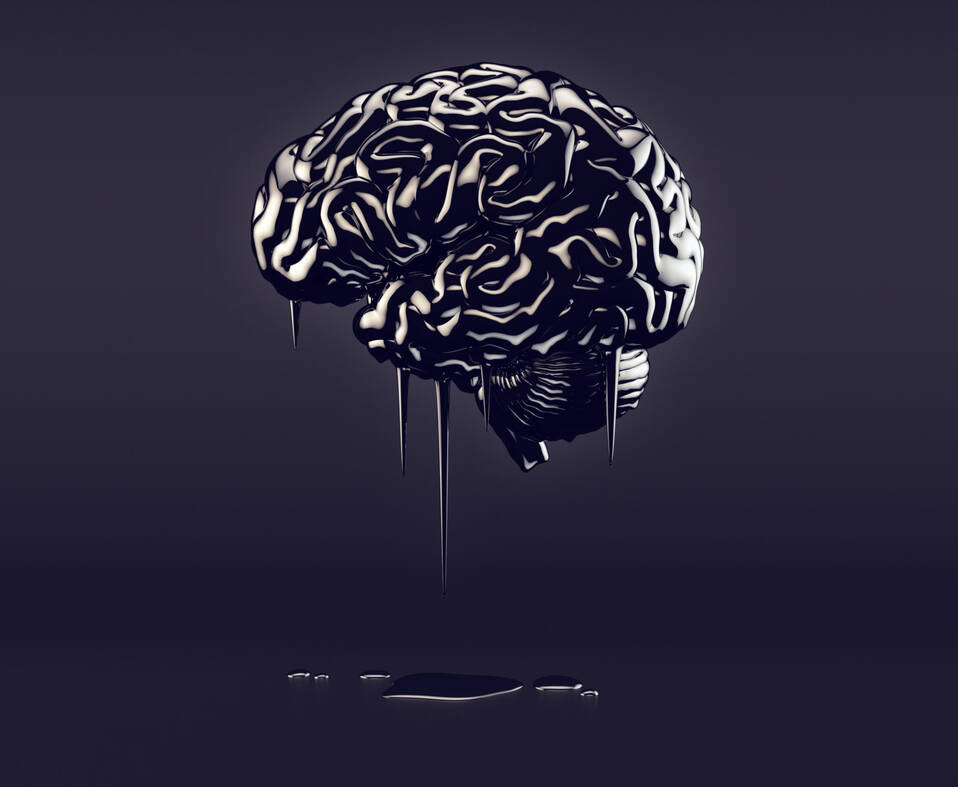Source: analyticsinsight.net
Thanks to the great strides in the translation industry, the world is getting increasingly interrelated and co-dependent. The global translation market is growing by leaps and bounds which can be ascertained by the “Language Services Market: 2018” report published by the CSA (Common Sense Advisory) Research. According to the Language Services Market: 2018 report, the global outsourced language services, and technology market was pegged at US$46.52 billion in 2018, stated to grow and increase to US$56.18 billion by 2021.
In a separate report prepared by a US-based market research firm, Nimdzi Insights titled, “The 2019 Nimdzi 100- Language Service Industry Analysis”; 2019 registered revenues of US$53.6 billion for the language services industry, a number which is projected to reach to US$ 70 billion by 2023.
The Global Integration
An industry that has existed for centuries and forecasted to grow in double digits throws a surprise. The recent protectionist policies between countries add to the premise.
Thanks to Globalization, markets across the world are exchanging, trading goods and services fuelling into the demands of multi-lingual economies. Nations want goods and services in their language, an important factor behind the rise of the Translation Industry in recent years.
The Advent of Technology
It’s been over 10 years since Google launched its Google Translate along with the use of Phase based Machine Translation algorithm. Since then technology has not looked back, Machine learning-powered speech recognition and image recognition capabilities continue to redefine how the world trades. Though there is still is a long way to go, it is a challenging goal to improve the capabilities of machine translation.
AI-powered neural machine translation is the call of the global translation market. Based on the premise that the neural machine translation can be trained directly on the source and target text and not requiring a pipeline of standardized systems as deployed in statistical machine learning.
The earlier versions of Machine Translation were based on multilayer perceptron neural network models limited by a fixed-length input sequence, characterized by same length outputs. The architecture of these models has improved considerably, the use of recurrent neural networks arranged in an encoder-decoder architecture which allows for variable-length input and output sequences. The recent addition of attention mechanisms gave leverage to these modes and permitted the model to improve the accuracy of long sequences of words allowing the model to learn where to emphasize the input sequence as each output is decoded.
Instant Translation with NLP
In the current scenario, state-of-the-art neural machine translation engines translate texts with a 60-90% accuracy. This technology comes with its faults when it is put into test within the real-world translation scenarios, one being technology cannot translate texts consistently.
The encoder-decoder attention model architecture lets sequences with sentence-like lengths to be used as inputs to the model. This model goes fine when one sentence is translated but goes haywire when it faces long paragraphs and document texts. The model translates each sentence individually, without the pretext of the preceding sentence. This adds up to translations with inconsistent keywords between translated sentences.
The Case of Humans vs Machines
If you thought that NLP enabled translators will replace Human translators, then that is not happening in the near future. AI is still far away from being able to do multitasking. TranslateFX, an AI-assisted translation platform for professionals, says in the short-run AI will not replace human translators with AI software. In the long run, though AI will make it conducive to make humans more productive to an extent of 60-70% more efficient in their job.
Artificial intelligence software will improve the translation of the difficult legal document’s contracts, confidentiality agreements, agreements, disclaimers, licenses, press releases, business plans, research reports, corporate announcements, financial reports, prospectuses, information memorandums, terms and conditions making businesses across the world transact more easily and comprehensively. In short, AI-powered NLP solutions will augment human intelligence into complex document translations.
Augmenting Human Intelligence
Neural machine translation is poised to be more accurate as the quality of data enhances, computation powers increase, and neural network architecture improves. This pragmatic shift will attribute humans to adapt to the benefits of technology and focus on what they are good at. Neural machine translation can be deployed to instantly produce accurate first drafts, the subsequent work of the human brains will be to augment the quality of the translation, this includes post-editing or reviewing of the machine-translated texts for accuracy and content mapping.
Most of the translation tools that exist in the market are highly generic, they are trained to translate and an assortment of content ranging from chats to news to restaurant menus to storyboards. Without the context, machines are inefficient to accurately translate texts without understanding the target audience, circumstances, and the usage of the text.
The Answer Lies in Customisation
In the coming times, technology will be more customized to suit the individual industry and enterprise needs, the same holds for the translation industry. Brace yourself for custom machine translation engines designed for specific enterprise documents, these include case studies, brochures, reports targeted to a certain business audience.
Custom-developed machine translation engines have the potential to improve the accuracy of translated text to the extent of 20+%. Translation companies are now focussing on a specific company or industry, for instance, TranslateFX focuses on financial and legal documents translation.
In the times to come, consistency will be a bone of contention, an issue which is addressed with additional machine learning or natural language processing algorithms developed as per the context. Augmenting human intelligence has a long way to go in the translation industry. The future will bring economies together with the power of NLP backed translation.


